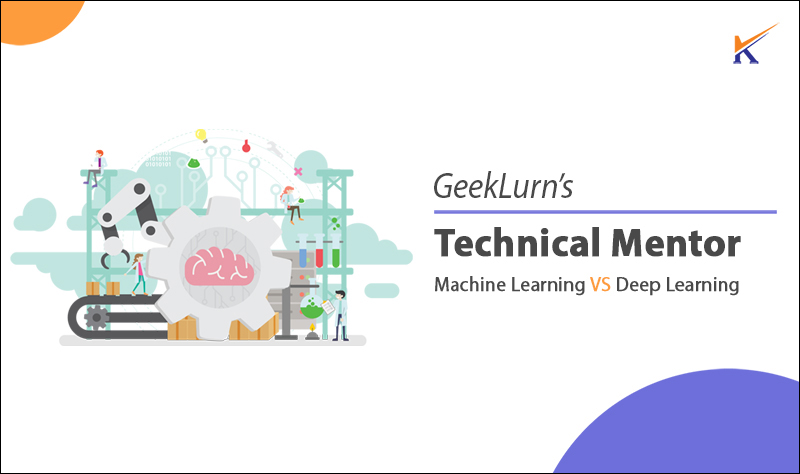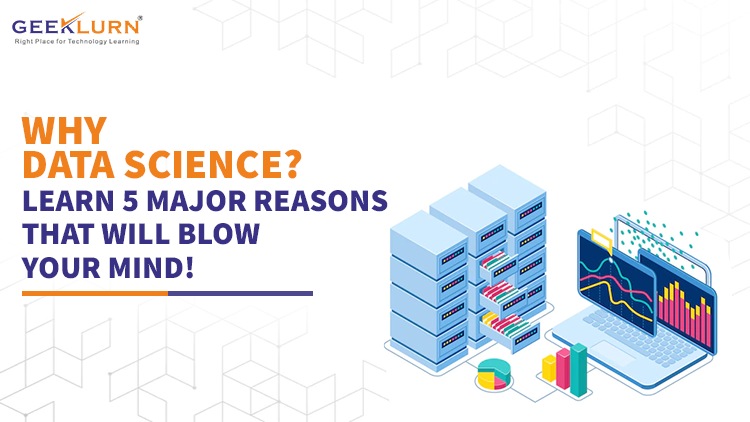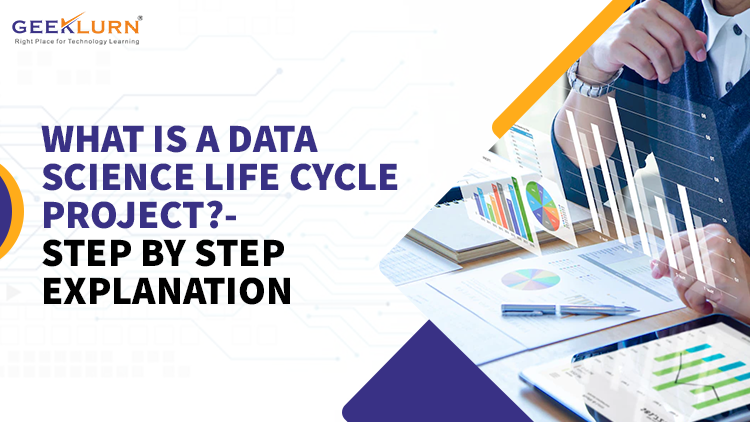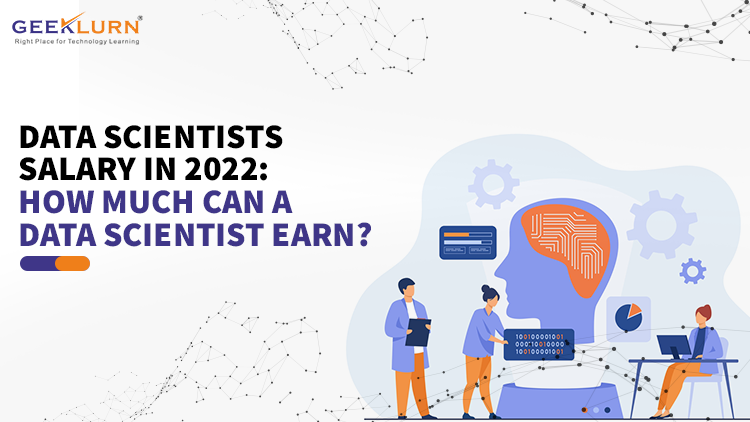Last Updated on: July 18, 2022
A powerful AI system tasked with ensuring your safety might imprison you at home. If you asked for happiness, it might hook you up to life support and ceaselessly stimulate your brain’s pleasure centres. If you don’t provide the AI with a vast library of preferred behaviours or an ironclad means for it to deduce what action you prefer, you’ll be stuck with whatever it comes up with. And since it’s a highly complex system, you may never understand it well enough to make sure you’ve got it right.”
― James Barrat, Our Final Invention: Artificial Intelligence and the End of the Human Era
“Compassionate Artificial Intelligence can transform and heal the world from a much deeper sense. They can add values and transform our world, our families, our workplaces, and our communities.”
― Amit Ray, Compassionate Artificial Intelligence

Table of Contents
How Does Machine Learning Work?
To understand how machine learning (ML) works, let’s take the example of an on-demand music streaming service. For this service to suggest new songs and artists to a listener, the algorithms need to relate the person’s preferences with those of other listeners with similar taste in music. Although most people think of this as artificial intelligence, it is in fact machine learning. Such algorithms are used by various services where automated recommendations are needed.
There is a lot of complex math and coding in machine learning, which performs a function with the given dataset and its performance progressively improves over time. For instance, an image recognising algorithm will keep getting better at identifying digital images, based on the intensity of the pixels.
ML is ideal for a variety of automated tasks across industries, from medical diagnosis to trading alerts. The AI algorithms are programmed to learn continuously. While this may sound exciting, what is even more thrilling is the concept of deep learning and deep neural networks.
To know more about Machine Learning, consider GeekLurn’s Data Science Architect Program. You can learn about what Machine Learning is and its process flow, along with the basics of deep learning vs machine learning. Here are some of the program highlights:
- EMI options for payment
- 6 months of live interactive classes
- 18 months of sponsored project work
- 1+ years of real-time sponsored project experience
- 100% job guarantee in collaboration with PAN India firms
You do not need any prior knowledge in deep learning or machine learning. Get all theory and project-related queries resolved by mentors who are eminent industry experts. One can also be a part of tech talks and webinars from Data Science Heads at Forbes Technology Council and other reputed MNCs.
What are the Different Types of Machine Learning?
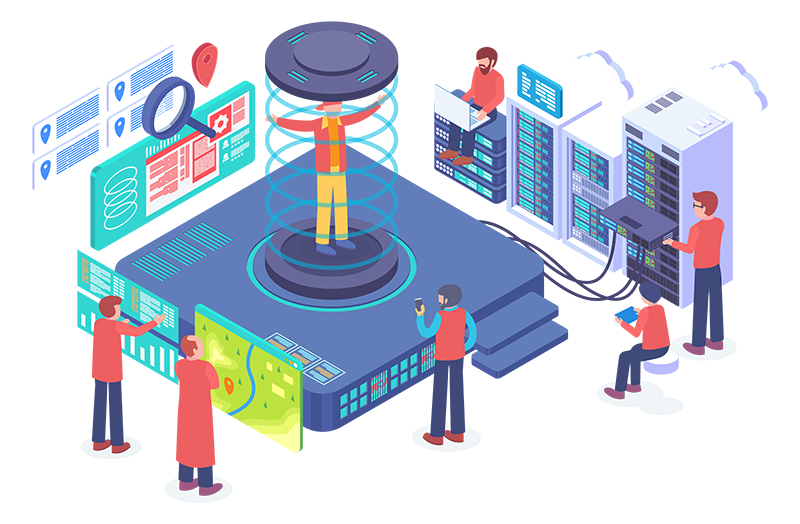
There are three types of Machine Learning. Here’s how they differ:
Supervised Learning: This requires the most supervision. In this, the machine is fed a model and training data for responding to data. As new data is introduced, a data scientist confirms if the machine’s responses are accurate and corrects the responses that are inaccurate. For instance, the objective is to teach a machine the difference between a bottle and a glass. The programmer feeds data like pictures of bottles and glasses of different shapes and sizes. With time, the machine begins to recognise tall and narrow glasses as well as short bottles with wider necks. The programmer then tests the model by feeding unidentified data to the computer.
Unsupervised Learning: This means feeding only unlabelled data and letting the machine identify the pattern on its own. This is used when it is unclear how the results might be. So, the model needs to have the ability to search through layers of data, based on similarities and differences. For instance, your business wants to enter a new market. You don’t know the customer demographics in this market. The programmer feeds unlabelled data into the computer, and the model comes up with different customer segments based on its own parameters.
Reinforcement Learning: This involves a trial-and-error approach, where a model continues to learn from its own actions. The programmer only provides feedback – positive for accurate responses and negative for inaccurate responses. It is called reinforcement learning because it involves reinforcing accurate responses. With this, the computer can learn to deal with massive datasets to accomplish highly complex tasks, like self-driving cars.
How Does Deep Learning Work?
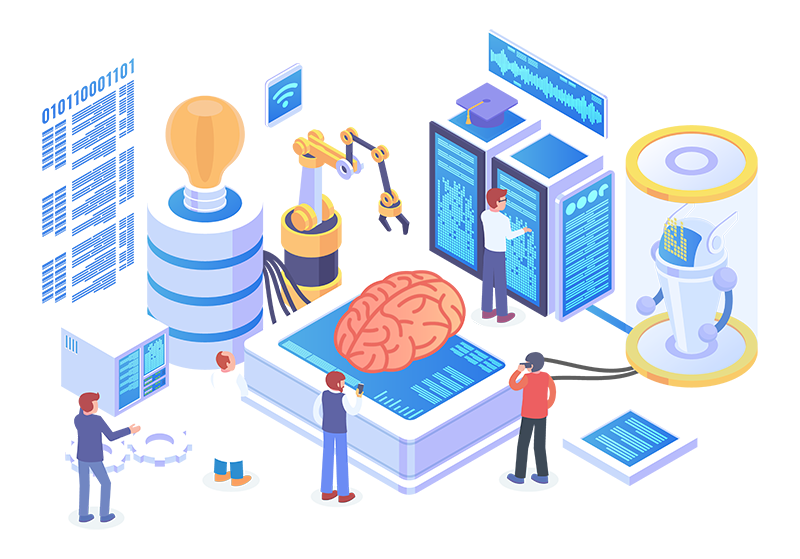
Deep learning involves the continuous analysis of data, based on a defined structure. This is similar to how the human brain draws conclusions. To do this, deep learning applications use an artificial neural network, which is essentially a layered structure of algorithms, and its design is similar to the network of neurons in our brain. Deep learning is more powerful than machine learning.
Programmers need to ensure that their deep learning models do not draw wrong conclusions, which needs a great deal of training. However, when this training is successful, it is nothing short of magic and represents a major scientific breakthrough. Without deep learning, artificial intelligence would be very limited in its scope.
Take the example of Google’s Cloud Video Intelligence. It is a computer program with a neural network that has learnt to analyse videos for new audiences. It can recognise not just objects and locations, but also actions in videos. It can analyse videos not just for content, but also context. The tool also allows automated summaries to be generated, even at the level of each frame of a video. Moreover, it generates security alerts if something suspicious is going on.
Google Photos is another example, where the system automatically creates albums of your photos taken during a specific event and suggests “best photos”. You can even search for images of your birthday party by typing something like “cake”. This is powered by a deep neural network. It’s also used in speech recognition, language translation and self-driving cars.
What are the Different Types of Deep Learning Algorithms?
Although machine learning can accomplish complex tasks that were previously considered unimaginable by a computer, it does fall short of what human intelligence can achieve. This is where deep learning comes in. Being modelled on the human brain, deep neural networks represent a higher level of intelligence. Here are the most popular deep learning models.
Convolutional Neural Network: This can filter through an image to identify and access every element. CNNs are algorithms designed to detect objects and process images and form the backbone of “computer vision”, which is a segment of artificial intelligence focusing on the visual world, like face recognition technology.
Recurrent Neural Networks: RNNs are built with feedback loops, enabling them to remember past data, which they can use to enhance their understanding of current events and predict future events. For instance, an RNN can be used for stock market predictions based on different events, as it ‘remembers’ how prices moved when similar events occurred in the past.
The Difference Between Deep Learning Vs Machine Learning?
Deep learning vs machine learning is an area of confusion for many. So, here’s a look at the difference between the two.
Machine Learning: This is a subset or an application of artificial intelligence that enables a computer to learn from experience and become progressively better in performing the intended task, without being programmed to that level. So, machine learning involves developing a computer program that analyses data and uses it to learn from its own actions.
Deep Learning: This is a subset of machine learning where artificial neural networks work in connection with recurrent neural networks. Deep learning involves more levels of algorithms than machine learning and replicates the human brain to solve complex tasks.
Knowing the basic difference between deep learning and machine learning will help you in your data science career.


